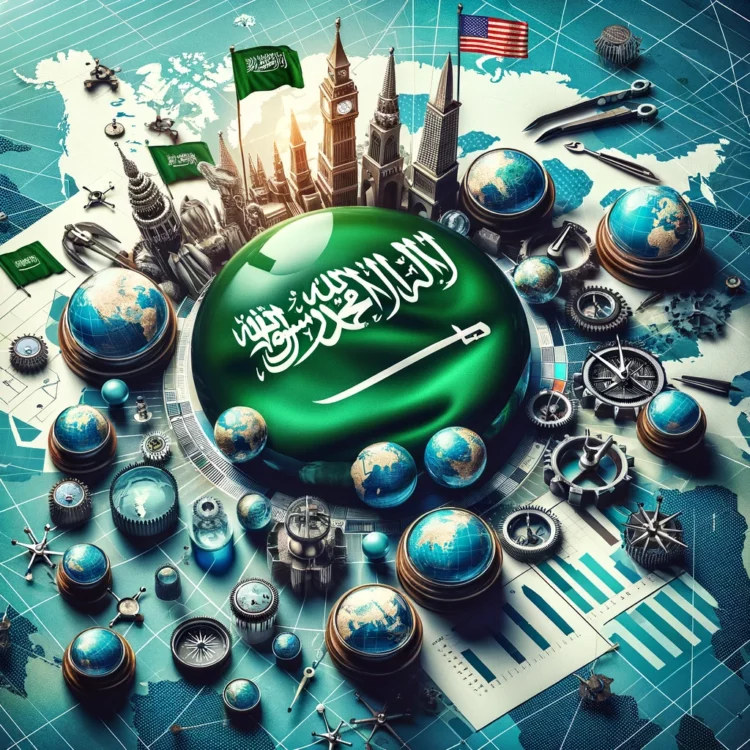- Saudi Arabia hesitates on joining BRICS, instead signs a major defense contract with Lockheed Martin, aligning closer to the U.S.
- The deal involves manufacturing parts for the THAAD defense system, emphasizing Saudi’s defense priorities amidst global tensions.
- This move signals Saudi’s strategic balance between fostering ties with the U.S. and engaging with BRICS nations.
- Rising tensions in the Red Sea, including Houthi attacks, underline the importance of Saudi’s defense enhancements.
Saudi Arabia’s dance between aligning with BRICS and strengthening ties with the U.S. has been like watching a high-stakes poker game, where every move is calculated but you can’t quite tell who’s bluffing. For over a month, the Kingdom has been teasing the world with the prospect of joining BRICS, yet it has decisively inked a deal with U.S. defense giant Lockheed Martin, signaling a clear tilt towards Washington. This maneuver comes amidst a backdrop of global economic chess moves and regional security tensions, with the Saudis playing a central role.
Saudi’s Strategic Pivot Amidst Global Tensions
Just when the BRICS bloc seemed to be extending its influence, Saudi Arabia decided to make headlines by aligning its defense interests closer to the U.S. The state-owned Saudi Arabian Military Industries (SAMI) and Lockheed Martin’s handshake over the Terminal High Altitude Area Defense (THAAD) system components production is nothing short of a geopolitical statement. This move not only underscores the Kingdom’s defense priorities but also its strategic positioning amidst the ongoing narrative of de-dollarization pushed by BRICS.
The agreements, totaling 11 with Lockheed Martin, were not just about bolstering Saudi’s defense capabilities. They were a testament to the Kingdom’s intention to remain a pivotal player on the global stage, balancing its economic openings with security needs. In a world where security concerns in the Red Sea are escalating due to the Houthi’s disruptions, Saudi Arabia’s commitment to THAAD is a clear message about its stance on regional stability and its partnership preferences.
Balancing Acts and Diplomatic Maneuvers
The intricate dance of diplomacy and strategy was further highlighted during Secretary of State Tony Blinken’s visit to Riyadh. His discussions with Crown Prince Mohammed bin Salman (MBS) weren’t just about the war in Gaza or humanitarian needs; they were a delicate balancing act of geopolitical interests and long-term visions for the region. The potential historic peace deal between Israel and Saudi Arabia, as a lever for broader regional peace including a pathway for a Palestinian state, underscores the complex interdependencies and strategic calculations at play.
Saudi Arabia’s hesitation to fully embrace BRICS membership reflects a nuanced approach to its international relations. At a time when the Kingdom is opening its doors wider to tourism and global investors, maintaining a strong relationship with the U.S. and the Western bloc is crucial. This doesn’t mean Riyadh is turning its back on other opportunities for collaboration and influence expansion; rather, it’s carefully navigating the geopolitical currents to safeguard its interests and maximize its leverage.
The backdrop of these maneuvers – from defense contracts to high-level diplomatic talks – is a region fraught with tensions and aspirations for a more integrated and prosperous future. The Saudi-U.S. engagements, amidst the shadows of potential normalization deals and the specter of regional conflicts, paint a picture of a Kingdom keenly aware of its pivotal role and the delicate balance it must maintain between traditional alliances and new opportunities for collaboration and influence.


